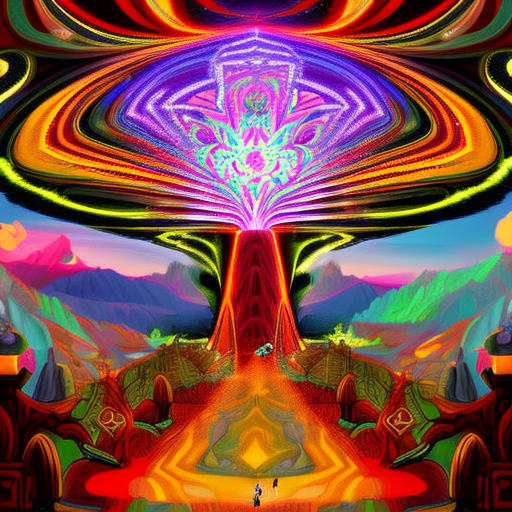One-line Summary:
“Another Roadside Attraction” is a quirky and satirical novel that follows the unconventional adventures of Amanda and John Paul Ziller as they open a zoo in the Pacific Northwest and encounter a host of eccentric characters and supernatural phenomena.
Setting up the Circus Zoo
In “Another Roadside Attraction” by Tom Robbins, Amanda and John Paul Ziller decide to open a zoo in the Pacific Northwest, setting the stage for a wild and unconventional adventure. The couple purchases an old gas station and transforms it into the “Circus of the Earth and the Air,” a place where they hope to showcase a variety of exotic animals and provide a unique experience for visitors.
As the zoo begins to take shape, the Zillers encounter a colorful cast of characters, including Marx Marvelous, a magician and aspiring priest, and Plucky Purcell, a former CIA agent turned entrepreneur. These characters bring their own quirks and eccentricities to the story, adding to the overall sense of whimsy and satire that permeates the novel.
Supernatural Encounters and Philosophical Musings
As the story unfolds, “Another Roadside Attraction” takes unexpected turns, delving into supernatural phenomena and philosophical musings. The zoo becomes a hub for strange occurrences, such as the discovery of a preserved body of Jesus Christ and the appearance of a Sasquatch named Ralph. These supernatural elements challenge the characters’ beliefs and force them to question the nature of reality and their place in the world.
Throughout the novel, Robbins weaves in philosophical discussions on topics such as religion, sexuality, and the human condition. The characters engage in thought-provoking conversations that explore the boundaries of conventional thinking and challenge societal norms. Robbins’ writing style is witty and irreverent, using humor and satire to address serious themes.
A Journey of Self-Discovery and Liberation
“Another Roadside Attraction” is not only a tale of eccentricity and supernatural encounters but also a journey of self-discovery and liberation for the characters. Amanda and John Paul Ziller, in their pursuit of creating a unique zoo, find themselves questioning societal expectations and embracing their own desires and passions.
As the story progresses, Amanda embarks on a passionate affair with Marx Marvelous, exploring her own sexuality and breaking free from the constraints of her marriage. John Paul, on the other hand, becomes increasingly disillusioned with the world and seeks solace in the company of animals. Both characters undergo personal transformations that challenge their preconceived notions of love, identity, and purpose.
Key Takeaways:
- The novel explores unconventional relationships and challenges societal norms.
- Robbins uses humor and satire to address serious themes such as religion and sexuality.
- The story delves into supernatural phenomena, questioning the nature of reality.
- “Another Roadside Attraction” encourages self-discovery and liberation.
“The unhappy person resents it when you try to cheer him up because that means he has to stop dwelling on himself and start paying attention to the universe. Unhappiness is the ultimate form of self-indulgence.”
In “Another Roadside Attraction,” Tom Robbins takes readers on a whimsical and thought-provoking journey through the unconventional adventures of Amanda and John Paul Ziller. Through its blend of satire, supernatural encounters, and philosophical musings, the novel challenges societal norms and encourages readers to embrace their own desires and question the boundaries of conventional thinking. Ultimately, “Another Roadside Attraction” is a celebration of individuality, self-discovery, and the pursuit of a life less ordinary.












